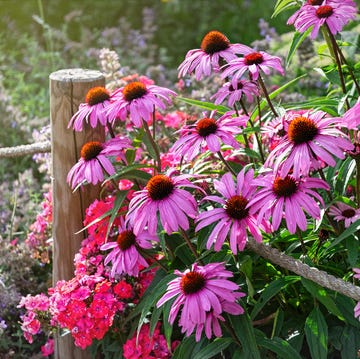It’s a familiar scene: stepping outside to find the lawn soaked from a surprise rain shower or glistening with early morning dew. The grass looks a little wild, and the urge to tidy it up kicks in. But before pulling out the mower, it's worth asking—can wet grass be mowed safely?
Tammy Sons, founder and CEO of TN Nursery in Altamont, Tennessee, advises against it. “Mowing wet grass is risky because it damages blades, stresses the grass, and encourages disease,” she says. What seems like a simple weekend chore can quickly lead to uneven cuts, clumping, and even those frustrating brown patches.
The better choice is to wait until the grass is fully dry. It may take a bit more time, but dry conditions make for a cleaner, healthier cut. Of course, there are times when waiting isn’t an option. In those cases, it’s important to mow carefully and follow best practices to minimize damage.
Before diving into spring lawn care, it’s helpful to understand the impact of timing. A little patience and planning now can lead to a lush, beautiful yard in the long run.
Can you mow wet grass?
Mowing wet grass is generally not recommended and can cause a lot of issues for your lawn. That's partially because wet grass tends to bend under the mower, making it harder to get a clean, even cut. This can result in ragged edges and uneven patches that not only look untidy but can also affect the overall health of your lawn.
"Wet clippings can also form clumps, smothering healthy grass,” says Sons. These conditions can worsen any existing lawn problems and spread them across your yard, potentially causing long-term damage.
Can mowing wet grass damage my lawn mower?
Your mower isn’t immune to the effects of wet grass either. “Using mowers on wet lawns causes decks to clog and blades to dull more quickly,” Sons explains. This not only reduces your mower’s efficiency but can also cause it to overheat and require costly repairs sooner than expected. Regular maintenance, like sharpening blades and cleaning the deck, can help keep it running smoothly.
Tips for mowing wet grass without damaging your lawn:
If you absolutely have to mow wet grass, there are a few steps you can take to minimize the damage to your lawn. “To mow a wet lawn, you need to sharpen your blades, keep an eye on your deck, and clean the underside often,” Sons suggests. Raising the mower height and mowing smaller sections can also help prevent clumping and reduce strain on the mower. By following these tips, you can reduce the impact and keep your lawn—and your mower—happy and healthy.

Tierney McAfee is a freelance writer and Country Living and The Pioneer Woman contributor who covers entertainment, holiday & entertaining, food & drinks, design ideas, DIY, and more.













